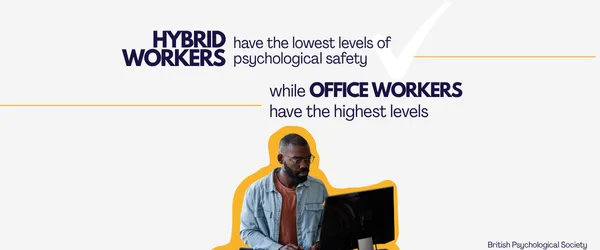We’re in a golden age of leadership development, where bold, human-first, and future-ready leadership is making real change happen.
With research and innovation moving at pace, leaders have more opportunities than ever to grow. But it’s not just about keeping up, it’s about stepping up! Today’s workforce expects leaders to be emotionally intelligent, digitally fluent, and purpose driven. The phrase ‘new normal’ gets thrown around a lot, but it’s pretty accurate – these changes are here to stay.
Gen Z is already reshaping the workplace from within, and Gen Alpha is coming fast with even higher expectations for transparency, tech integration, and values-led leadership. The bar is rising, and the best leaders are evolving with it.
Among the many trending topics, RightTrack Learning’s Senior Leadership Development Consultant, Simon Wergan has selected three topics that will shape leadership development in the next few years:
- Leadership as a Choice
- Psychological Safety Beyond DEI
- Making Learning Stick with Science.
1. Leadership is a Choice
Forget job titles. Leadership isn’t about hierarchy, it’s about mindset. And more than ever, it’s something people choose to step into, rather than wait to be handed.
This shift is powerful. It says that leadership isn’t reserved for managers or those with formal authority. It’s about how someone shows up every day, whether they’re influencing team culture, taking ownership of a challenge, or choosing courage in tough moments. It’s about acting with intention, even when it’s uncomfortable.
When organisations embrace this idea, they unlock leadership potential beyond hierarchy. Suddenly, leadership isn’t limited to the C-suite. It lives in frontline teams, early-career professionals, and cross-functional project leads. And in fast-moving, hybrid-first workplaces, that kind of distributed leadership is gold.
There is, however, a bit of a catch. Choosing to lead is simple, but not easy. It takes emotional intelligence, self-awareness, and a willingness to step into the unknown. That’s where modern leadership development is critical, not just for building skills, but for building confidence and clarity around what leadership looks like today.
This isn’t a new idea. Simon Sinek captured it perfectly in his book Leaders Eat Last:

In 2025 and beyond, organisations that nurture leadership as a behaviour, not a title, will be better equipped to adapt, innovate, and grow. Because when more people choose to lead, the whole culture steps up.
2. Psychological Safety: Beyond DEI
Psychological safety might be seen as a DEI buzzword by some. But in practice it’s the foundation of innovation, engagement, and trust. If people don’t feel safe to speak up, share ideas, or admit mistakes, performance takes a hit… fast!
Workplace trust has been destabilised over recent years by a mix of uncertainty, disconnection, and changing expectations. Add hybrid work into the mix, and many leaders are operating in the dark. A 2024 study by the British Psychological Society found that hybrid workers report significantly lower psychological safety than their in-office peers. That means less idea sharing, more second-guessing, and slower decision-making.
Creating a psychologically safe team isn’t passive. It’s built through everyday actions. Leaders need to model vulnerability, invite challenge, and respond with empathy. It’s not about being soft. Rather, it’s about creating the conditions for bold thinking and real collaboration.

In leadership development, this means moving beyond policies and surface-level inclusion. It’s about helping leaders build trust on purpose, especially in remote and hybrid teams, so that people feel empowered to lead, learn, and speak up.
3. Making Learning Stick with Science
Do you have budget to throw away on training that doesn’t work? Didn’t think so. For leadership development to drive real change, learning must stick, and science shows us how.
The classics like VAK and Honey & Mumford got us talking about learning preferences but today’s science gives us tools that go far beyond being simply descriptive – now, they’re transformative. We’re talking about memory encoding, spaced repetition, and attention management. These are science-backed ways to boost retention, apply learning in real-time, and maximise return on investment.

For L&D teams, the challenge (and opportunity) is this: build programmes that are evidence-led, practically applied, and measurable in the flow of work. That’s how you move from quick wins to lasting leadership behaviours.
Final Thoughts: The Future of Leadership is Already Here
These three topics – choosing to lead, building trust, and embedding science-backed learning – are more than trends. They’re interconnected building blocks for the kind of leadership today’s world demands.
When people choose to lead, they step into ownership and possibility. When they feel psychologically safe, they stay curious and courageous. And when learning is designed to stick, it becomes a catalyst for lasting behaviour change. Together, these shifts build leadership cultures that are resilient, inclusive, and ready for whatever comes next.
Look out for the next article in the series: The Golden Age of Leadership Development: Trust, Candour and Care, for a deeper dive into psychological safety as a trending leadership alongside candour and empathetic leadership traits.
Oh, and check out our Leadership Development Programmes